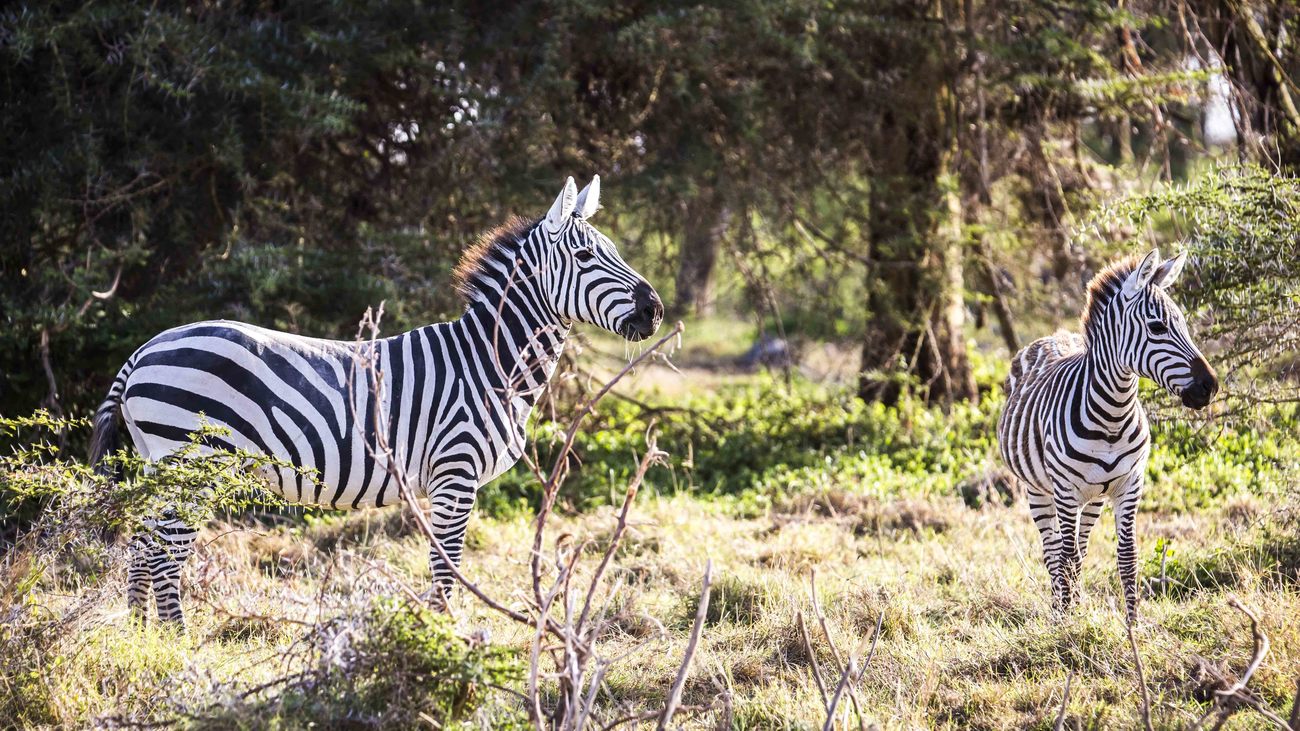Carson Barylak
zebras on the loose in Maryland: the problem with the US exotic wildlife trade
zebras on the loose in Maryland: the problem with the US exotic wildlife trade

Exotic animals—lions, tigers, zebras—undoubtedly inspire wonder and awe. However, when those animals become part of the US exotic pet trade and are sold as backyard pets, it becomes a big problem for us all. A case in point is the recent incident in Upper Marlboro, Maryland. On August 31st, three zebras went missing from the property of their owner (exotic animal breeder Jerry Holly), alarming the community and putting local first responders on high alert. With one zebra dead and others still missing (at time of print), this wild goose chase (in this case, zebra chase) highlights how inherently unpredictable exotic animals are, underscoring the immense risks associated with leaving these wild animals in unqualified hands.
The Animal Welfare Act (AWA) is designed to establish minimum welfare standards for the transportation, sale, handling, and care of certain animals. It is also meant to keep animals and people safe. The AWA is nominally enforced by the U.S. Department of Agriculture (USDA), but often falls short of protecting vulnerable animals from threats including abuse and mishandling. Holly, who holds a Class A USDA breeding license and is responsible for the missing zebras, has been cited by the Department for more than 100 violations of the AWA. These citations include failure to maintain fencing around the pastures that contained the zebras, as well as subjecting the animals to unclean housing and water, lack of proper record keeping, and failure to treat animals with open wounds. Our own review of USDA inspection reports shows a pattern of Mr. Holly consistently failing to be available for USDA inspectors and repeatedly causing inspections to be cancelled.
These types of incidents underscore the failings of USDA licensing and enforcement. The USDA is chronically underfunded and understaffed, making it virtually ineffective at enforcing the AWA. Additionally, a recent expose by National Geographic reveals inspectors intentionally overlooking welfare issues in order to avoid financial impacts on animal-related businesses they are responsible for overseeing.
The U.S. trade in exotic animals often involves networks of individuals and businesses that move animals among facilities and across state lines, often keeping their activities under the radar of the USDA—the federal agency responsible for licensing commercial animal exhibitors, dealers, and breeders—and relevant state agencies. For example, Holly also owns an exotic animal facility in Florida and facilitates exchange of animals between his operations, but inspectors have very limited information regarding the extent to which animals are traded between these two facilities. Despite failing to submit legally required documentation of such transfers, the facilities’ operator has retained licenses to keep and engage in commerce involving dangerous exotic animals.
Hidden in plain sight
Unfortunately, Holly is not alone in engaging in worrisome, interstate exotic animal trade. Such cross-boundary commerce takes place far more often than most Americans realize, and it is accompanied by very real risks (as highlighted by the escape of a tiger being transported through Georgia by another operator).
One dramatic illustration of this danger was the “Zanesville Massacre.” October 18th marked the 10th anniversary of this tragedy, when emergency officials in Zanesville, Ohio were forced to kill dozens of exotic animals, including dozens of big cats and other dangerous wildlife, following their release from private property in the area. In that case, the animals’ owner had also long evaded oversight and left his community exposed to serious risks by collecting exotic species. A decade later, this incident remains a heartbreaking reminder of the need to rein in and better regulate the United States’ trade in dangerous wild animals.
Both the Maryland zebra escape and the “Zanesville Massacre” anniversary provide stark reminders that, as we work toward more effectively regulating our nation’s treatment of and commerce in captive exotic animals, we as consumers have a shared responsibility to make humane choices. If you haven’t already, learn the difference between a true sanctuary and a pseudo-sanctuary so that you can be sure to only support organizations that put animal welfare first. Help end cub petting operations by saying no to wildlife selfies and other direct contact displays. On the political front, animals need all of the support they can get from the general public. Support the Big Cat Public Safety Act and call on members of Congress to better protect captive wildlife. We all have a part to play in protecting animals and people from the dangers of the US exotic pet trade.
-Carson Barylak, Programs, Campaign Manager
Related content
Every problem has a solution, every solution needs support.
The problems we face are urgent, complicated, and resistant to change. Real solutions demand creativity, hard work and involvement from people like you.